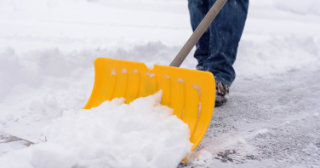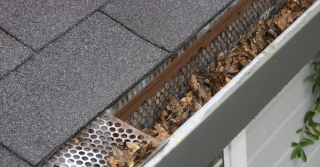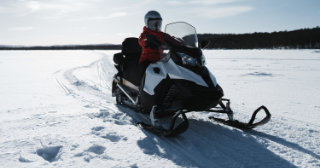Who’s responsible?
Legally, snow and ice are the same as any other hazard present on a property, and the property manager can ultimately be help liable for any injury caused by such hazards. It is important to be vigilant when it comes to removing ice and snow promptly.
Residential rentals such as single-family homes or duplexes often pass responsibility for snow and ice removal to the tenant. This should be out lined clearly in the lease agreement and must include language describing areas that need to be cleared of snow/ice, time line for prompt removal and the consequence for failure to comply within a certain amount of time. It is important to be as precise and detailed as possible to avoid disputes and unnecessary liability.
How can you minimize risk?
Larger properties, such as commercial buildings and parking lots, you may want to consider hiring a snow removal company. There are several such companies, some large and some one-man shops. It is important to choose wisely when hiring independent contractors.
It is important the contractor have sufficient resources to meet your needs, such as a plow that has the clearance to handle the higher end of average snowfalls in your area. Determine how quickly they can be on site to begin removing snow, and what kind of priority guarantee you’ll receive that the task will be done within the required time frame. If they have a number of clients, will you be the first, last or somewhere in-between, property they get to after a major snow event. It is vital to get the specific conditions and time constraints for removal in writing.
Make sure the company has all the necessary insurances, which cover both operations and their employees. You do not want to be held liable for a worker being injured on your property while in the act of preventing such injuries.
However, be advised that hiring a removal service does not absolve the property manager from liability. It the hired company does not show up or does a poor job and the snow/ice causes an injury on your property, you are still liable. It is recommended that you, or someone you trust, can inspect the work and have a contingency plan in place if necessary.
Snow and ice removal from walkways and parking lots is not the only snow/ice hazard that can occur. While slips and falls are certainly the most common type of injury, icicles and other accumulations of heavy ice or snow above walkways can also cause serious harm. Icicles should be knocked down safely and other areas of buildup should be addressed. If an area is consistently an issue it may be best to reroute foot traffic through an alternate entrance or walkway. The best way to avoid these hazards is to properly maintain eaves and downspouts. Ensure water drainage from melt off is directed away from walkways. Inspect eaves for obstructions and leaks – daytime melts can often turn into dangerous ice buildup overnight. Plus, since water expands as it freezes, a small leak could become a major fault before winter has subsided. Consider investing in roof heaters to avoid ice damming in areas of the roof where snow and ice accumulate – such as “roof valleys”. Ice dams can cause serious damage to the integrity of a roof, leading to leaks, mold and other expensive repairs.
For additional information on risks and coverage, or to determine your liability contact Concklin Insurance Agency today.



